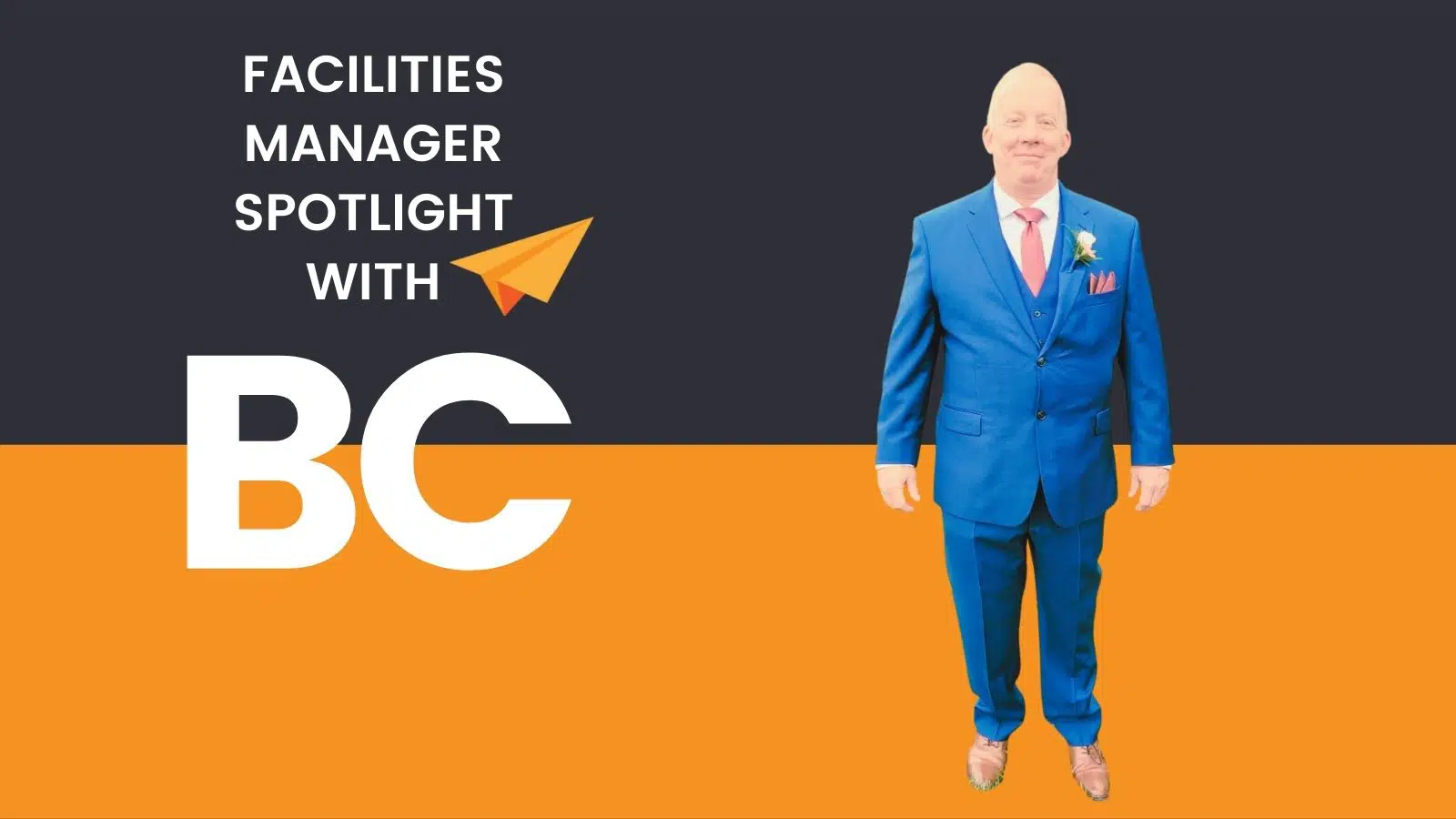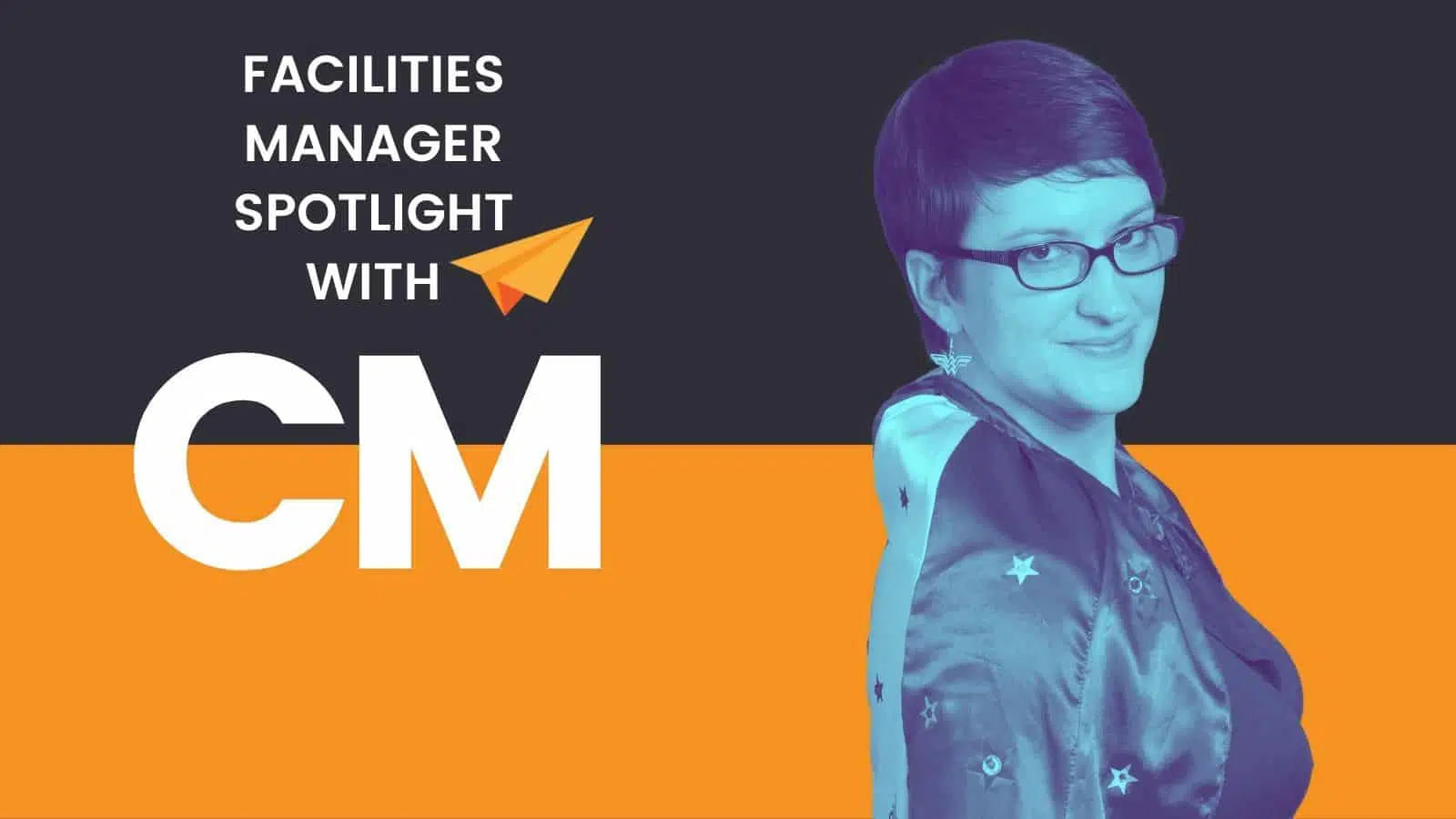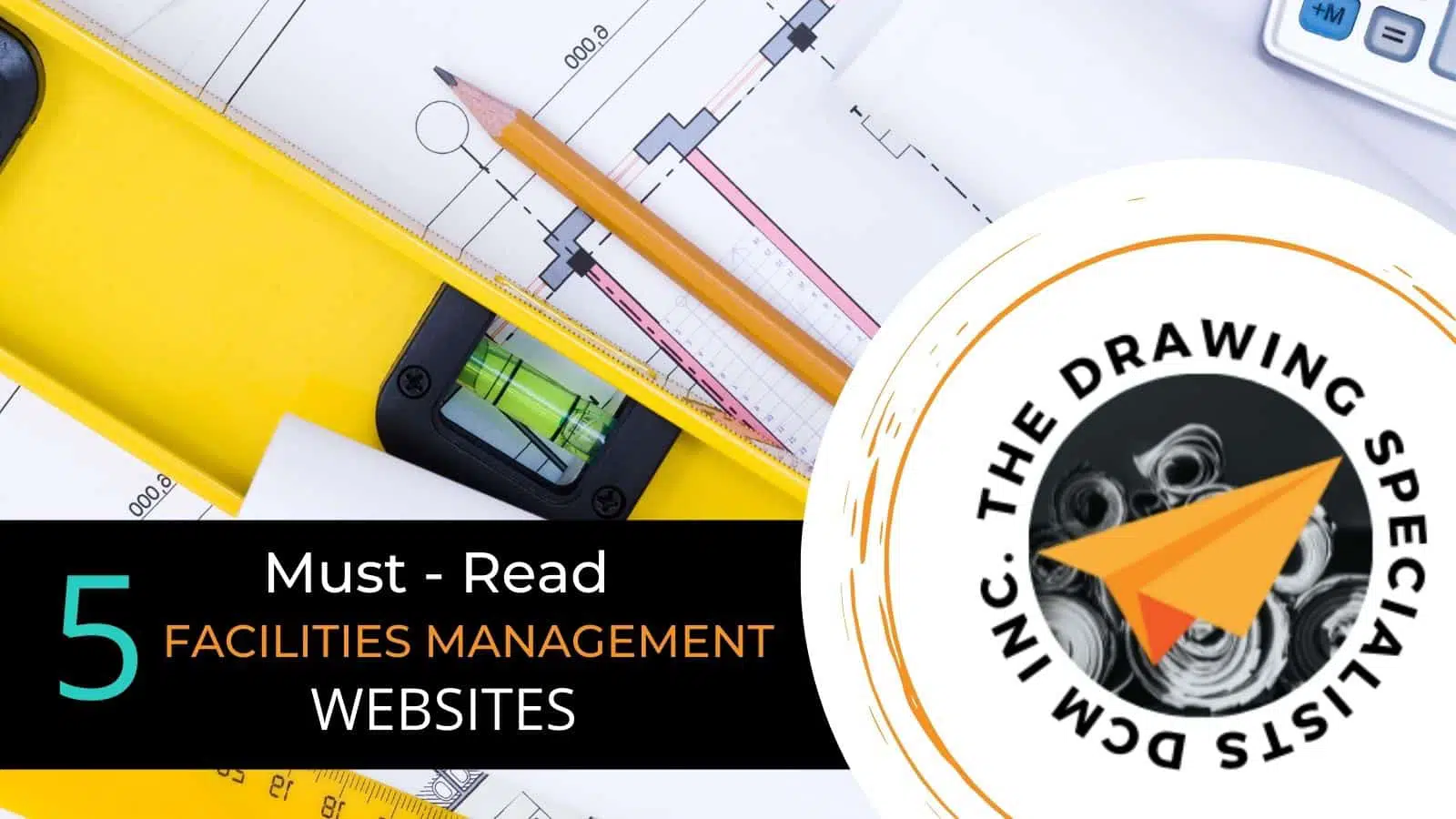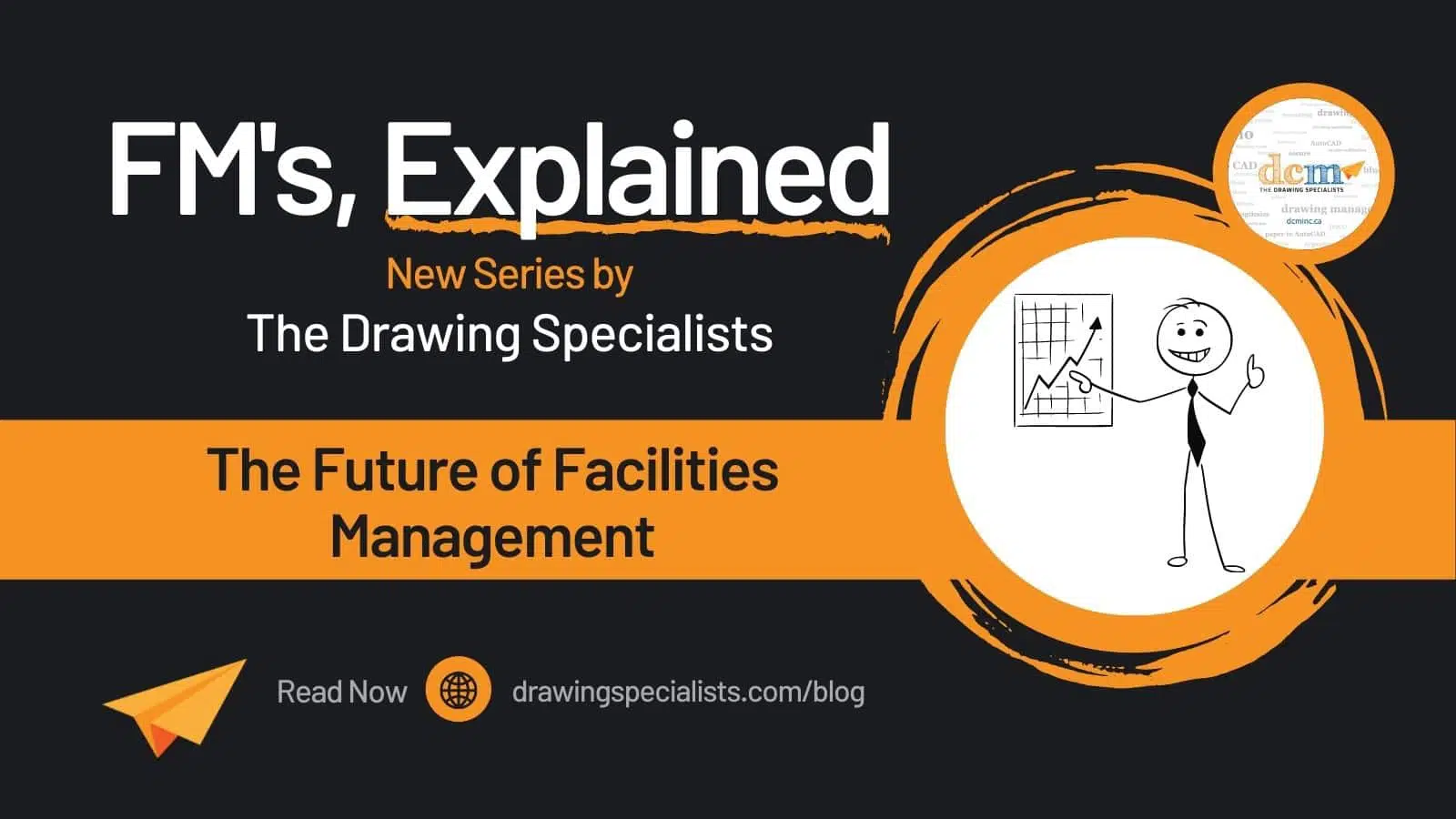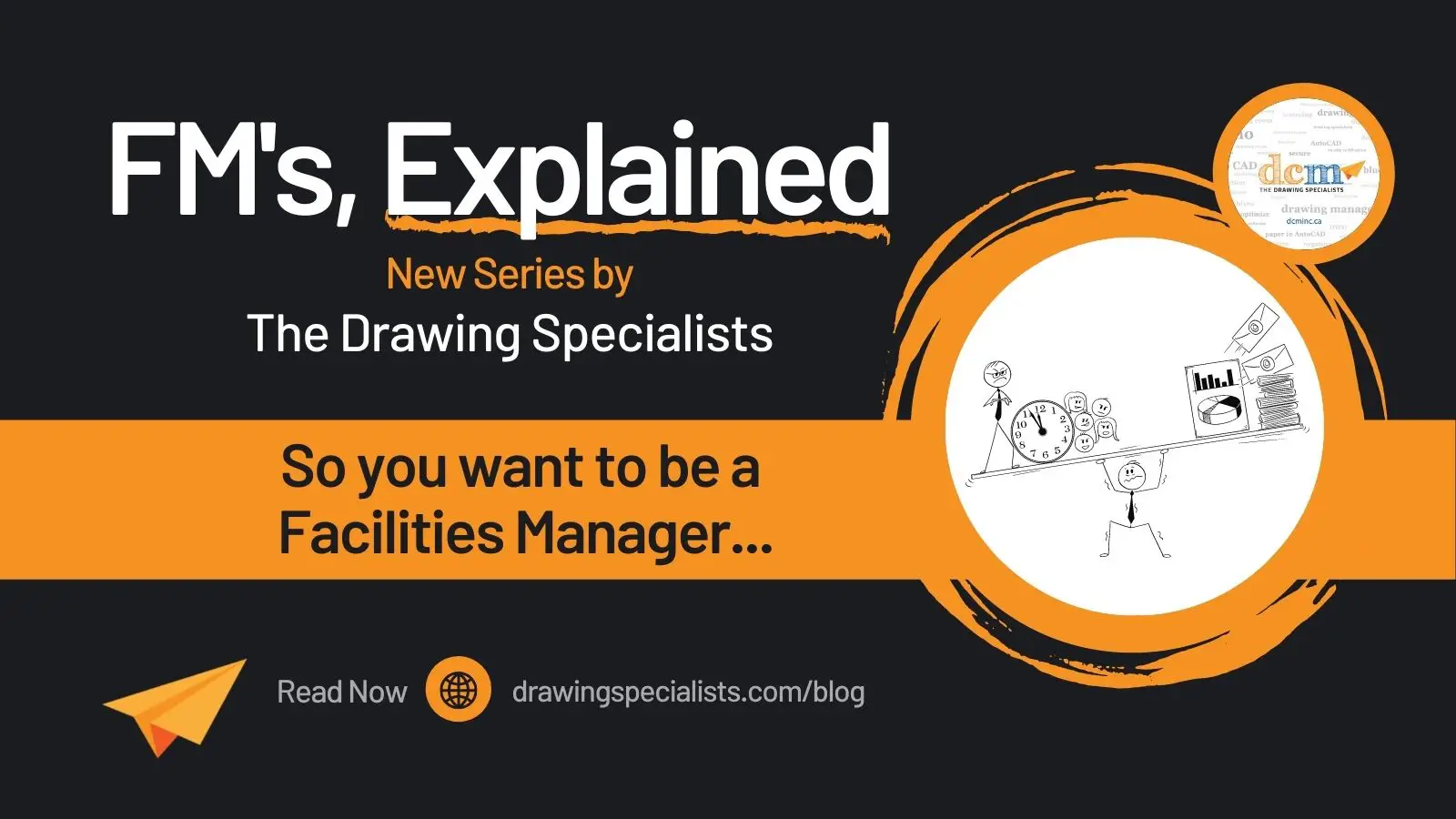We’ve met and spoken with a lot of Facilities Managers over the years, and one thing that comes to light really quickly, is that they really love their jobs. Bill (William) Cooper, Director of Buildings and Grounds for the Milford school District in New Hampshire, is unequivocally one of them.
Bill Cooper is talented, energetic, and passionate about not only his job, but the future of facilities. He is happy that after all of the years at work, he is still learning something new every day. His good nature shines through, which is evident in a feature piece by his school district, where he jokes that, “Summer’s never vacation time.” We’re sure a lot of Facilities Managers at schools everywhere can relate.
A proven team player, Bill says, “If I do not know the answer, I will find it.” When you visit his LinkedIn page, you’ll find a ton of positive posts, and an obvious enthusiasm for his school district.
So let’s get to know the person who has a board full of Thank You cards from students, for all of the wonderful work he does.
Bill Cooper
Director of Facilities
Tell us a bit about yourself
I am the Facilities Director for the Milford School District, Milford New Hampshire, and have been here for the last 19 years.
I live with my dog Zeke, a Belgian Malinois. I ride my motorcycle when I can, and have been in the martial arts for the last 27 years.
When I retire my plan is to ride around the country to visit all of the states.


When it comes to self-improvement do you prefer to read books, listen to podcasts or take a course?
I read, listen to TED talks and podcasts.
If you could have dinner with someone famous, from your past or present who would it be and why?
Colin Powell or Abraham Lincoln. During the times of war why they did what they did.
What is the best place you’ve ever traveled to?
Key West and The California Coast, from L.A. to San Francisco both are beautiful!
What’s the best piece of advice you’ve ever received?
There is always someone smarter in the room.
What is your favorite quote?
To many to just pick one.
Finish Strong!
Never quit.
Whatever the attitude, so is the response.
Many look, but few see.
One becomes great when he comes to the realization that what he knows is very little.
Are you a morning person or a night person?
A night person, although as I get older I notice I am turning into a morning person.
You’ve been asked to do a TED Talk. What is the topic you’re going to speak about?
Friendship. Do not take them for granted. Reach out to those from your past.
How did you get started in your career?
Job opportunity with a bank. Went to night school, studied blueprints and became curious.
Describe the biggest challenge you’ve faced when trying to reduce operational costs?
To manage how we are going to complete the work without sacrificing quality.
How would your co-workers describe you?
Hard, but fair.
Tell me how you organize, plan, and prioritize your work.
The first items that need to be addressed are life safety, HVAC, water and electrical. Then look at all of the remaining work requests that come to me, and sort by building and type.
How many years of experience do you have?
38 years.
How would you describe a typical day?
There are no typical days, but I do check emails and phone messages first, and start my day with a coffee, then find out what is going on, and jump right in.
How has your partnership with us, DCM Inc., changed your bottom line?
I do not waste time looking for prints. I sign into echo and find all of the prints right there at my fingertips. Very easy to use and understand. I will tell others about your company.
What’s the most recent example of how we have exceeded your expectations?
By finishing going through all of the blueprints we sent, and having them online so quickly!
We finish the interview and you step outside the office and find a lottery ticket that ends up winning $10 million. What would you do?
Go back to the office and share some of the winnings with staff, along with my family. Give some to the school district to finish some projects, and then invest the rest.
